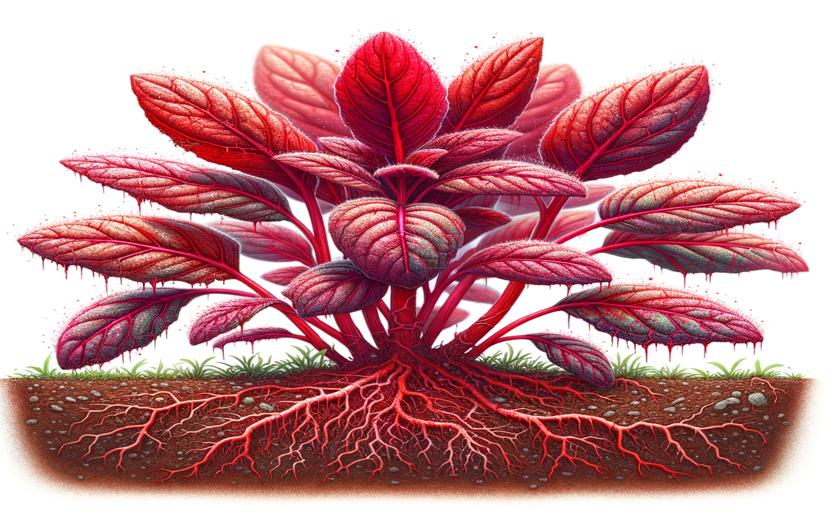
Microplastics Increase Cadmium Absorption and Hinder Growth in Red Amaranth
Jim Crocker
27th June, 2024

Image Source: Natural Science News, 2024
Key Findings
- The study was conducted by Christian-Albrechts-Universität zu Kiel on the effects of microplastics (MPs) and cadmium (Cd) on red amaranth
- Different types and concentrations of MPs did not negatively affect seed germination but increased phytotoxicity and decreased stress tolerance
- Polystyrene (PS) MPs reduced phosphorus and potassium uptake while increasing cadmium uptake in red amaranth, raising food safety concerns
AgricultureEnvironmentPlant Science
References
Main Study
1) Microplastics increase cadmium absorption and impair nutrient uptake and growth in red amaranth (Amaranthus tricolor L.) in the presence of cadmium and biochar
Published 26th June, 2024
https://doi.org/10.1186/s12870-024-05312-0
Related Studies
2) Effect of weathering on environmental behavior of microplastics: Properties, sorption and potential risks.
3) Effects of plastic particles on germination and growth of soybean (Glycine max): A pot experiment under field condition.



 4th June, 2024 | Greg Howard
4th June, 2024 | Greg Howard